INTRODUCTION
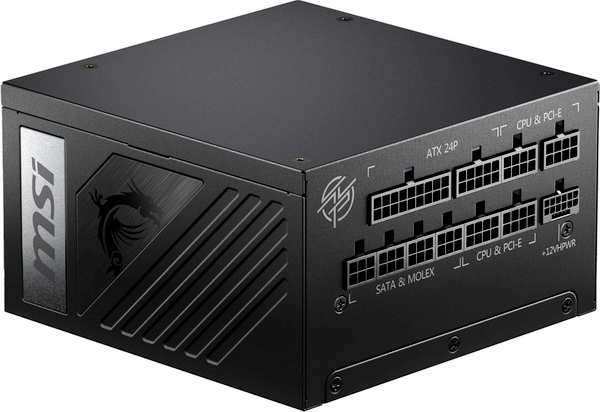
Higher electrical efficiency, cleaner and more stable electrical output and support for the latest PCIe 5.0 graphics cards by NVIDIA (+12VHPWR connectors) are the main reasons ATX 3.0 power supply units are gaining popularity in the market. Unfortunately, we haven't seen that many units in the market up until now (especially above 80 Plus Gold efficiency) but as previous ATX 2.5x models slowly get phased out of production this will of course change. MSI being one of the largest players in the PC market couldn't fall behind (obviously) and so they've already introduced not one but two ATX 3.0 lines and today with me i have the MPG A1000G PCIE5 model.
MSI is a world leader in gaming, content creation, business & productivity and AIoT solutions. Bolstered by its cutting-edge R&D capabilities and customer-driven innovation, MSI has a wide-ranging global presence spanning over 120 countries. Its comprehensive lineup of laptops, graphics cards, monitors, motherboards, desktops, peripherals, servers, IPCs, robotic appliances, and vehicle infotainment and telematics systems are globally acclaimed. Committed to advancing user experiences through the finest product quality, intuitive user interface and design aesthetics, MSI is a leading brand that shapes the future of technology.
The MSI MPG PCIE5 line includes 750/850/1000W output fully modular models all of which feature the 80 Plus Gold electrical certification (up to 90% electrical efficiency) along with active PFC and half bridge LLC topology for increased performance across the board. The MPG A1000G PCIE5 fully supports both the latest ATX 3.0 and PCIe Gen 5 specifications (2xCPU/3xGPU excursion tolerance) and sports a total of 7 PCIe 6+2 connectors, single 12VHPWR (600W) connector, single strong +12V rail (83.5A) capable of delivering the units’ entire power output (1000W) and a peak power output of no less than 1138W (although according to ATX 3.0 specs peak should now be up to 2KW for 100ms – this is not something I can try however). Secondary features include strong minor rails with a total output of 138W, low profile cables, high-speed FDB 135mm fan with zero fan mode (fan operates only when load surpasses 40%), 100% Japanese capacitors certified for use up to 105 degrees Celsius. As expected, the MPG A1000G PCIE5 is secured with a full array of electrical protections including over-current (OCP), over-voltage (OVP), under-voltage (UVP), short-circuit (SCP), over-temperature (OTP) and over-power (OPP). As with other similar models by the competition MSI covers the MPG A1000G PCIE5 with a very generous 10-year limited warranty.
SPECIFICATIONS AND FEATURES

PACKAGING AND CONTENTS
The output, main features, company logo and a partial product picture are all placed at the front of the box.
A full product picture is placed on the left side of the box along with everything seen at the front and a sticker with the product and serial numbers and barcode.
At the rear we find the main product features explained in depth just over the available power connectors and the unit’s electrical specifications.
The MPG A1000G PCIE5 is placed between two pieces of foam whereas the modular power cables are placed in a storage pouch.
Along with the MPG A1000G PCIE5 and its power cable inside the box you’ll also find the storage pouch with the modular power cables, 3 mounting screws, EU regulatory notices and proper use of the +12VHPWR cable.
THE MPG A1000G PCIE5 EXTERIOR
Even though for every single modular power cable MSI has chosen low-profile cables the +12VHPWR cable is braided.
Measuring 150mm in width, 150mm in length and 86mm in height the MPG A1000G PCIE5 is a compact 1KW model.
An 135mm FDB fan is placed behind a great looking grille (the fan also has the MSI logo on it).
The MPG and MSI logos are located on both sides of the enclosure.
The electrical specifications sticker is located at the bottom of the PSU.
All 11 modular power connectors are both different in size and tagged.
Moving at the rear of the MPG A1000G PCIE5 we find the typical honeycomb perforation along with the zero fan button, the power on/off switch and the power port.
THE MPG A1000G PCIE5 INTERIOR
The 135mm fluid dynamic bearing fan is one we've seen many times in the past, manufactured by Hong Hua with rotational speed of 2300RPM.
According to the markings the platform is made by CWT (Channel Well Technologies).
Primary capacitor is manufactured by Nippon Chemi-Con and is certified for use up to 105 degrees Celsius.
Secondary capacitors are manufactured by both Nippon Chemi-Con and nichicon and are also certified for use up to 105 degrees Celsius.
TEST BED
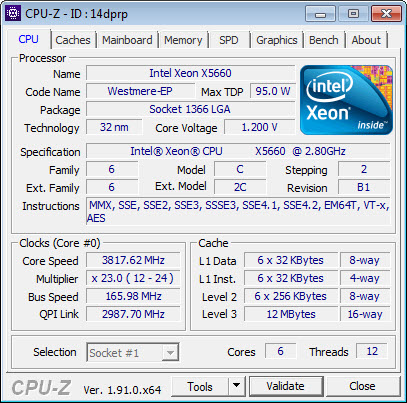

TESTING METHODOLOGY
Using a dedicated measurement instrument such as a Chroma or a SunMoon to test power supply units is without doubt the most ideal and accurate way (not to mention the fastest) to do that currently. However, it's certainly not the only way there is and so pretty much anyone can test a power supply unit just by using a test rig. Certainly, limitations do apply and so you can't really push a 1000W power supply to its limits if your system only uses 500W at peak loads and that's why over the years we saved certain hardware components for the purpose of building a dedicated PSU test rig. True it may not be as accurate as the above mentioned solutions but it comes really close and is in fact much closer to real world usage. So as always, we ran several games with maximum graphic options enabled at a resolution of 2560x1600 in order to stress every hardware component and increase the overall power demands of the system. The Passmark BurnIn Test was also used to overstress the components in an effort to provide the most accurate results possible. As a final test we also used the latest OCCT 4.4 software and its dedicated PSU testing suite since it can really bring a power supply to its knees after inside a few minutes.
Rail stability was checked/measured with the CPUID Hardware monitor and a Metex multimeter which also recorded the system load in idle and in load. As always try to remember that the power consumption numbers listed in the graph are the highest (Peak) ones recorded during the entire duration of the tests and not the average ones. Noise levels coming from the fan were recorded using the high precision HD600 ExTech Sound dBA Meter from the rear of the unit and at a range of no more than 5-10cm. Readings under load are recorded the exact moment we manually switch the fans of all graphics cards from full speed to almost zero, that way the fan of the power supply does not have enough time to slow its RPM and so by doing this we get very accurate noise level readings. Needless to say, in order to get 100% accurate readings, you need to have a noise isolated room for that exact purpose, something which is quite impossible unless you are working inside a real lab (some people use very small noise insulated boxes but due to their size both heat and noise exceed normal levels and so the results can't really be considered to be 100% accurate, nor realistic for that matter). Also do take into account that since all noise measurements take place from just 5-10cm away the final noise levels to reach your ears will be considerably less.
* After well over 10 years of testing PSUs the Intel Core i7-920 CPU of this rig failed and so we replaced it with a Xeon X5660 (we also swapped the GA-X58A-UD7 for the G1. Assassin).
TEST RESULTS



CONCLUSION
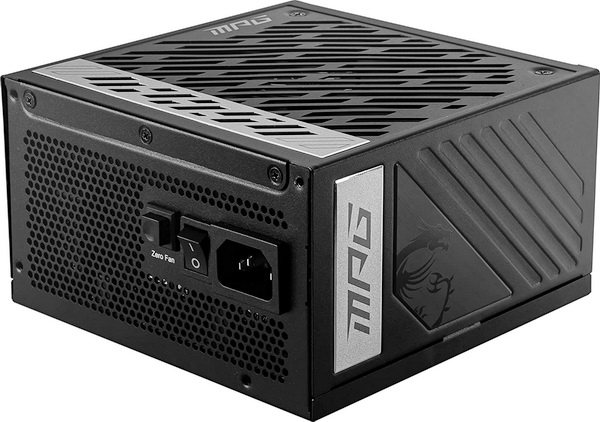
The MPG PCIE5 line of ATX 3.0 power supplies by MSI is not their flagship one so right from the get go I didn’t expect stellar performance (I mean if the MPG managed that what should I expect from their MEG line?). Still even though rail stability is not great it’s still rock solid, even more so since at load my test rig exceeded the 1KW output this unit can normally deliver. This of course also resulted in high noise levels at load but as I’ve said in previous reviews you don’t get an 1KW unit if you have a system that may come really close of even exceed that (in that case I suggest grabbing a 1200/1300W model instead). Build quality is very good and something that I’ve come to expect by CWT units over the years. Yes, components are a bit cramped inside the rather small enclosure of the MPG A1000G PCIE5 but that can’t be helped really. In terms of available electrical protections, the MPG A1000G PCIE5 has nothing to be jealous even from higher end models and as for the 10 year warranty, well it’s always something I’m certain everyone welcomes.
At USD199.99 inside the USA (Amazon.com) and 207.25Euros inside the EU (Amazon.de) the MPG A1000G PCIE5 power supply unit by MSI is clearly priced properly. Granted, this may not be the top ATX 3.0 and PCIE 5.0 power supply unit in the market today and it does get considerably loud at over 70-80% load but it does offer very good rail stability, it’s 80 Plus Gold efficiency certified, has a plethora of electrical protections and is covered by a 10-year limited warranty so the Golden Award is obviously in order.

PROS
- Build Quality
- Very Good Rail Stability
- ATX 3.0 & PCIe 5.0
- 80 Plus Gold Certified
- Electrical Protections (OCP/OVP/SSP/OPP/UVP/OTP)
- 10 Year Limited Warranty
- Price (For Some)
CONS
- Noise Levels

 O-Sense
O-Sense





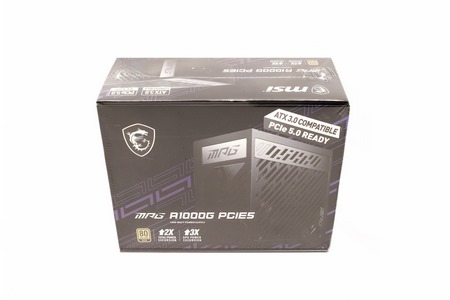
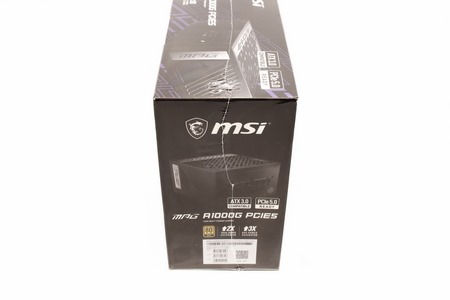
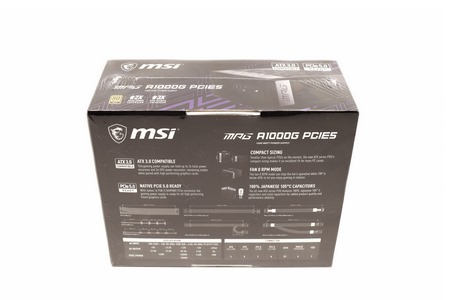
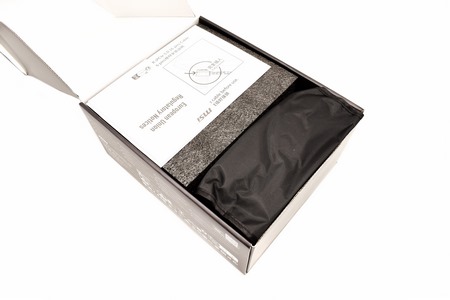
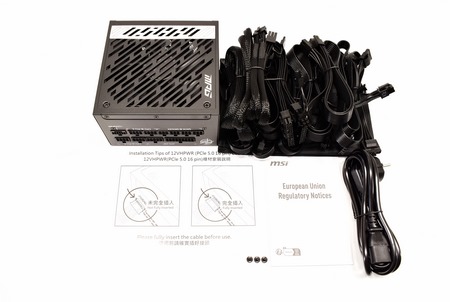
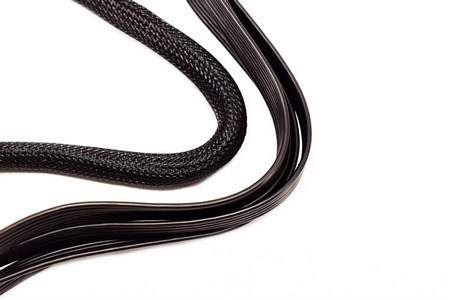
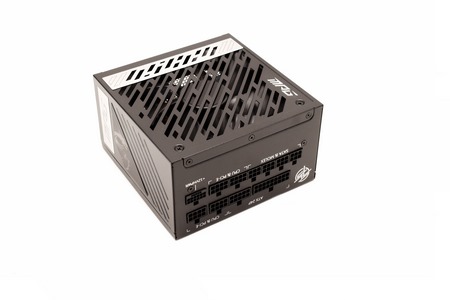
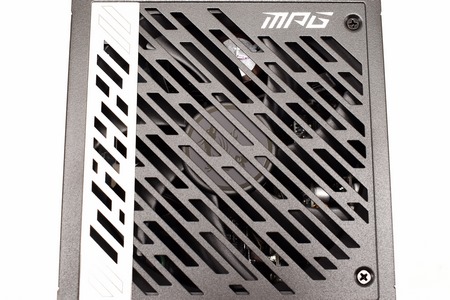
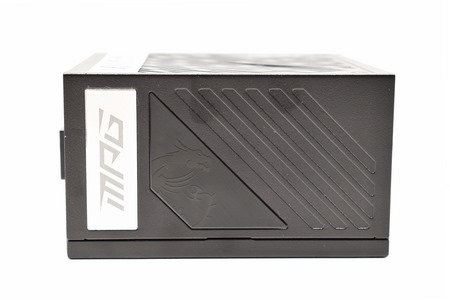
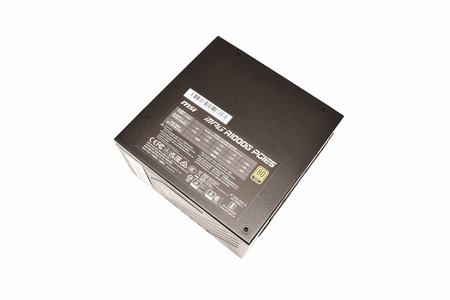
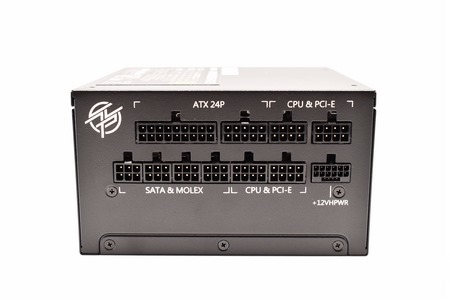
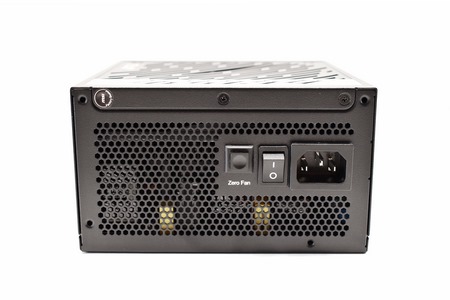
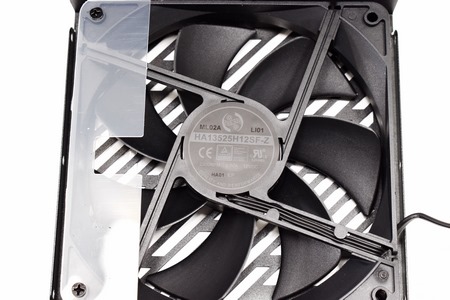
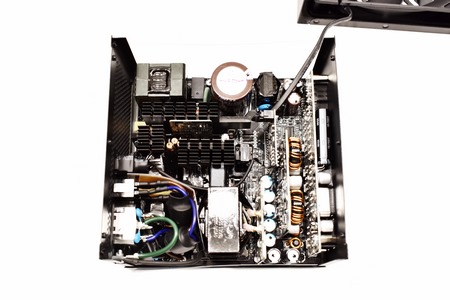
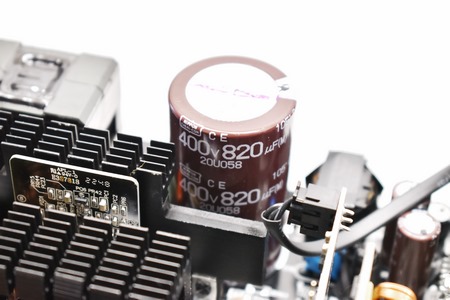
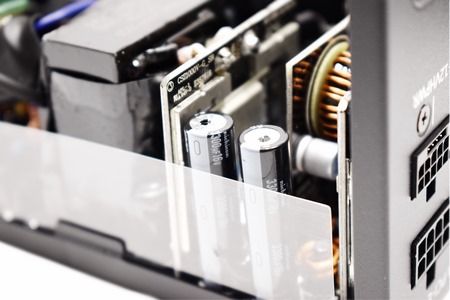
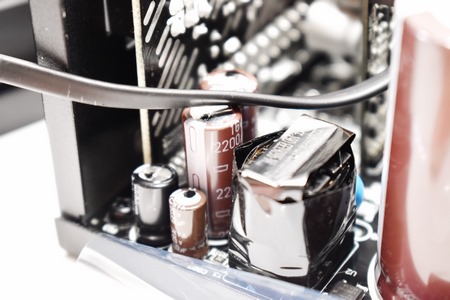


.png)

